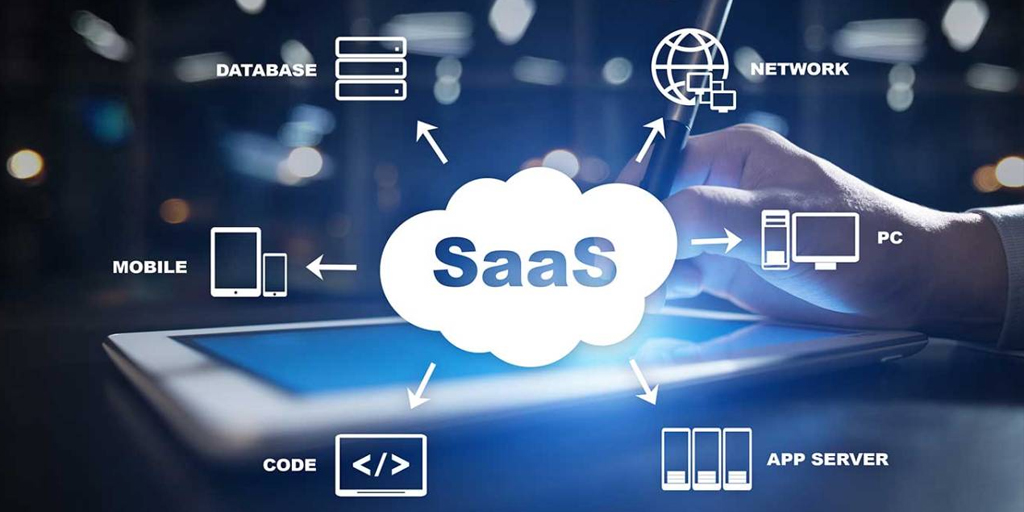

In the last decade, Software as a Service (SaaS) has grown in popularity among app developers and market professionals. They use SaaS as an ideal service delivery model to launch the new application and quickly replace the traditional software license purchase. With the variety of advantages it offers, it is hard to question why SaaS application development is today’s choice.
Let’s delve deeper into Saas and some valuable tips for Saas application development.
SaaS stands for Software as a Service and is a cloud-based service. Speaking in layman’s terms, SaaS is used to deliver applications over the Internet as a service. There was a time when people had to get CDs for different software to install and run them on their PC’s. Today, you don’t have to install and maintain software and access them through the Internet. SaaS has made it easy for us to access and use different complex software and applications without storage and maintenance work.
A SaaS application is software that is licensed using the Software as a Service business model. Small and medium-sized businesses especially find SaaS applications useful since they are far more cost-efficient than opting for traditional in-house software.
Since all the services the SaaS applications offer are hosted on the cloud, you don’t need to install them physically on your computer.
These valuable tips will help you in SaaS application development.
When you provide a SaaS model-dependent service, it should be a reliable and viable option for the client. Your client will agree to sign up for a subscription, given that they see the benefits for their business.
Your SaaS business model-dependent service is the best option if its advantages are:
You get the best current market data from your competition. When you closely study your competitors, you will understand their best services and the gaps in them. Once you study this data, you can work on your SaaS application that offers those features and services which your competitors cannot. Always keep in mind, your services should provide visible benefits to your customers.
The technology stack you pick for your SaaS application is like the building material required for a house. To start with, you will need tools to develop the client-facing parts. These tools are:
To develop the server-end of the application, you will need a programming language and a framework:
You will also require a database for the backend data storage of your SaaS application, and you will need one of these primary relational databases:
Once you are through with the above steps, you want to pick a server to host your application. You could select one from the following:
All these options offer some benefits over the other. It means you have to estimate your application’s costs and scalability, etc., before starting.
To build a cloud application is one thing and maintaining is another. SaaS platforms offer consistent updates, integrated features, and support, and these are the most significant advantages of SaaS. If you do not intend to provide long-term SaaS application development, maintenance, and support, you can outsource your project to a team of remote SaaS developers.
SaaS models, platforms, and applications are not meant for every business, but they provide significant benefits for clients and developers using it. The application development process can vary based on the client’s needs and your team. SaaS is quickly becoming the ‘Go-to’ model for applications that offer flexibility, but a good application is only possible through planning and analysis. So, ensure that you do a thorough project overlook and strategise based on the data available.